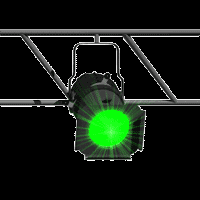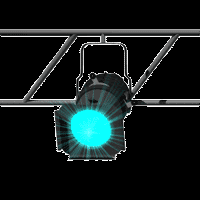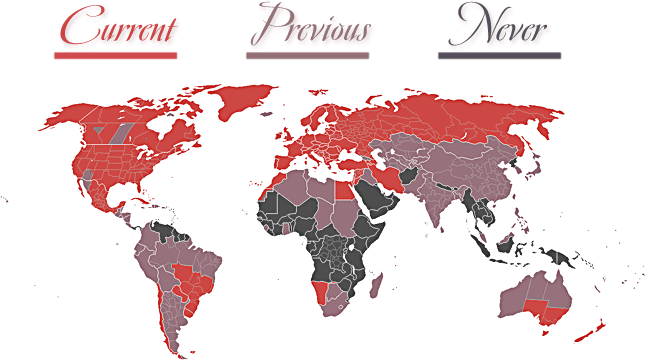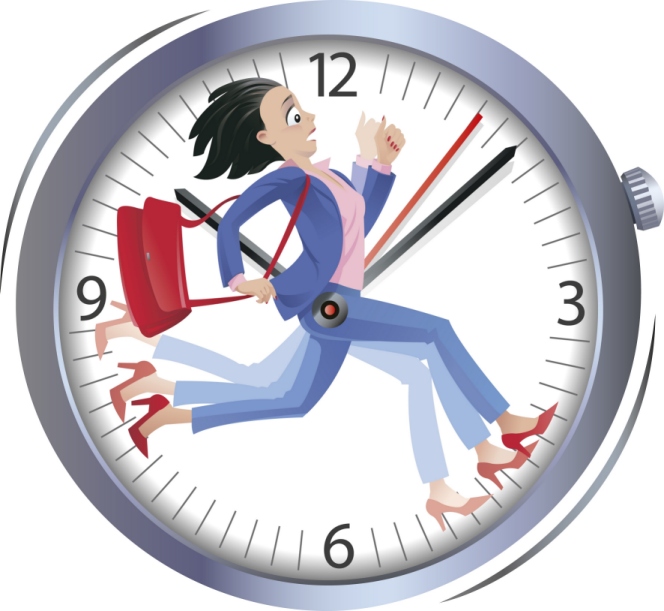









When We Change Our Clocks - XIN TRẢ LẠI THỜI GIAN (Như Quỳnh)
Video XIN TRẢ LẠI THỜI GIAN
Sáng tác: Thanh Sơn Trình diễn: Như Quỳnh

Xin lùi lại 1 giờ ! Thứ Bảy có thêm 1 giờ - ngày dài nhất trong năm (11/04/17)
Most of the United States
begins Daylight Saving Time at 2:00 a.m. on the second
Sunday in March and reverts to standard time on the
first Sunday in November. In the U.S., each time zone switches at a
different time.
In the European Union,
Summer Time begins and ends at 1:00 a.m. Universal Time (Greenwich Mean Time).
It begins the last Sunday in March and ends the last Sunday in October. In the
EU, all time zones change at the same moment.
Spring
forward, Fall back
During DST, clocks are turned forward an hour, effectively moving an hour of daylight from the morning to the evening.
|
|
|
|
|||
|
Year |
DST
Begins |
DST
Ends |
|
Summertime |
Summertime |
|
2014 |
March
9 |
November
2 |
|
March
30 |
October
26 |
|
2015 |
March
8 |
November
1 |
|
March
29 |
October
25 |
|
2016 |
March
13 |
November
6 |
|
March
27 |
October
30 |
|
2017 |
March
12 |
November
5 |
|
March
26 |
October
29 |
|
|
|||||
The official spelling is Daylight Saving Time, not Daylight SavingS
Time. Saving is used here as a verbal adjective (a participle). It modifies time
and tells us more about its nature; namely, that it is characterized by the
activity of saving daylight. It is a saving daylight kind of time. Because of
this, it would be more accurate to refer to DST as daylight-saving time. Similar
examples would be a mind-expanding book or a man-eating tiger. Saving is used in
the same way as saving a ball game, rather than as a savings account.
Nevertheless, many people feel the word savings (with an 's') flows more
mellifluously off the tongue. Daylight Savings Time is also in common
usage, and can be found in dictionaries.
Adding
to the confusion is that the phrase Daylight Saving Time is inaccurate,
since no daylight is actually saved. Daylight Shifting Time would be
better, and Daylight Time Shifting more accurate, but neither is
politically desirable.
When
in the morning?
In the U.S., clocks change at 2:00 a.m. local time. In spring, clocks spring
forward from 1:59 a.m. to 3:00 a.m.; in fall, clocks fall back from 1:59 a.m. to
1:00 a.m. In the EU, clocks change at 1:00 a.m. Universal Time. In spring,
clocks spring forward from 12:59 a.m. to 2:00 a.m.; in fall, clocks fall back
from 1:59 a.m. to 1:00 a.m.
In the United States, Daylight Saving Time commences at 2:00 a.m. to minimize
disruption. However, many states restrict bars from serving alcohol between 2:00
a.m. and 6:00 a.m. At 2:00 a.m. in the fall, however, the time switches back one
hour. So, can bars serve alcohol for that additional hour? Some states claim
that bars actually stop serving liquor at 1:59 a.m., so they have already
stopped serving when the time reverts to Standard Time. Other states solve the
problem by saying that liquor can be served until "two hours after
midnight." In practice, however, many establishments stay open an extra
hour in the fall.
In the U.S., 2:00 a.m. was originally chosen as the changeover time because it
was practical and minimized disruption. Most people were at home and this was
the time when the fewest trains were running. It is late enough to minimally
affect bars and restaurants, and it prevents the day from switching to
yesterday, which would be confusing. It is early enough that the entire
continental U.S. switches by daybreak, and the changeover occurs before most
early shift workers and early churchgoers are affected.
Some
U.S. areas
For the U.S. and its territories, Daylight Saving Time is NOT observed in
Hawaii, American Samoa, Guam, Puerto Rico, the Virgin Islands, the Commonwealth
of Northern Mariana Islands, and Arizona. The Navajo Nation participates in the
Daylight Saving Time policy, even in Arizona, due to its large size and location
in three states.
A
safety reminder
Many fire departments encourage people to change the batteries in their smoke
detectors when they change their clocks because Daylight Saving Time provides a
convenient reminder. "A working smoke detector more than doubles a person's
chances of surviving a home fire," says William McNabb of the Troy Fire
Department in Michigan. More than 90 percent of homes in the United States have
smoke detectors, but one-third are estimated to have dead or missing batteries.


Chạy Theo Thời Gian
Cám ơn quí vị đã theo dõi chương trình của Diễn Đàn Giáo Dân
Xin Thiên Chúa chúc phúc lành đến quí vị.

